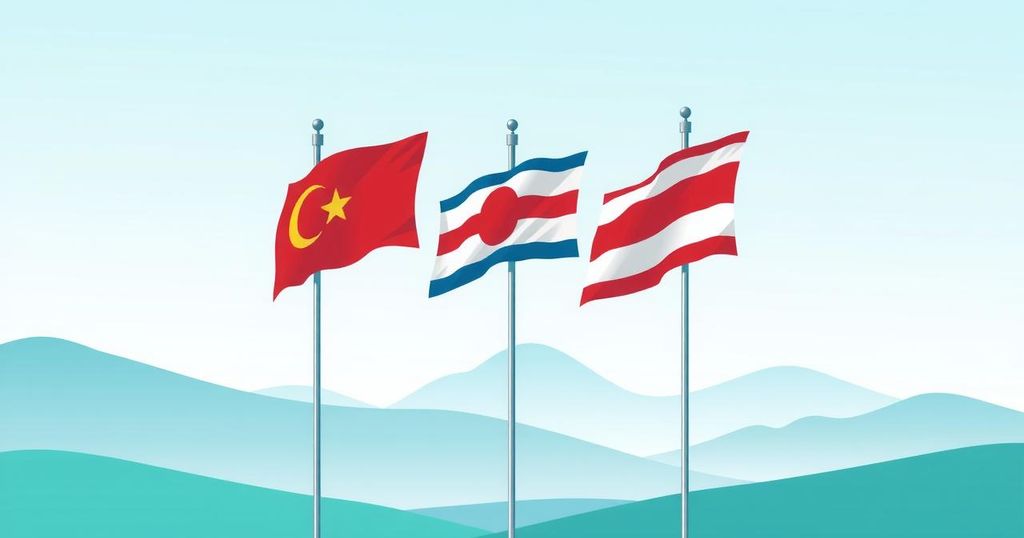A 7.6-magnitude earthquake near the Cayman Islands has triggered tsunami alerts for twelve surrounding islands. Tsunami advisories are in effect across Puerto Rico and the Virgin Islands, with warnings reaching several Caribbean nations. The Cayman Islands, a popular tourist destination, faces potential tsunami threats, while research suggests that a significant portion of the U.S. may experience future seismic activity, based on identified fault lines.
A powerful earthquake measuring 7.6 on the Richter scale has struck the Caribbean Sea near the Cayman Islands, becoming the largest quake globally since 2023. This seismic event has prompted tsunami warnings for an array of twelve nearby islands, highlighting the potential dangers facing this region.
Tsunami advisories have been issued by Puerto Rico and the Virgin Islands, alongside important threat notifications from several Caribbean nations, including Colombia, Haiti, Belize, and Jamaica, among others. The widespread nature of these warnings underscores the significant concern for safety in the wake of this earthquake.
The Cayman Islands, a British Overseas Territory situated south of Cuba and west of Jamaica, comprises three islands: Grand Cayman, Cayman Brac, and Little Cayman. Grand Cayman is the largest island and is renowned for its breathtaking beaches and clear waters, making it a prominent financial and tourist destination, now facing the possibility of devastating tsunamis.
Recent research indicates that as much as 75% of the United States may face the risk of substantial earthquakes within the next century. Utilizing historical geological data, the study has identified 500 fault lines within the country that could result in future seismic activity.
Over the past 200 years, thirty-seven states have experienced earthquakes measuring over 5 in magnitude, showcasing a persistent history of seismic occurrences throughout the United States. The United States Geological Survey (USGS) emphasizes the unpredictability of earthquakes, yet states that understanding fault lines and historical events can assist scientists in evaluating future risks and potential intensities of seismic events.
The recent increase in seismic activity in the Caribbean, particularly the significant earthquake near the Cayman Islands, draws attention to the geological vulnerabilities of this area. With the likelihood of tsunamis post-earthquake being high, it becomes crucial to analyze not only the immediate effects but also the long-term implications of such seismic events. Understanding the fault lines that could lead to earthquakes is essential for preparedness and to mitigate potential disasters.
In summary, the 7.6-magnitude earthquake near the Cayman Islands has prompted widespread tsunami warnings across twelve nearby nations. The research indicating the probability of future earthquakes in the United States serves as a reminder of the broader seismic risks present in many regions. Ongoing surveillance and scientific assessment are vital for improving safety measures and enhancing readiness for possible future seismic events.
Original Source: www.irishstar.com




